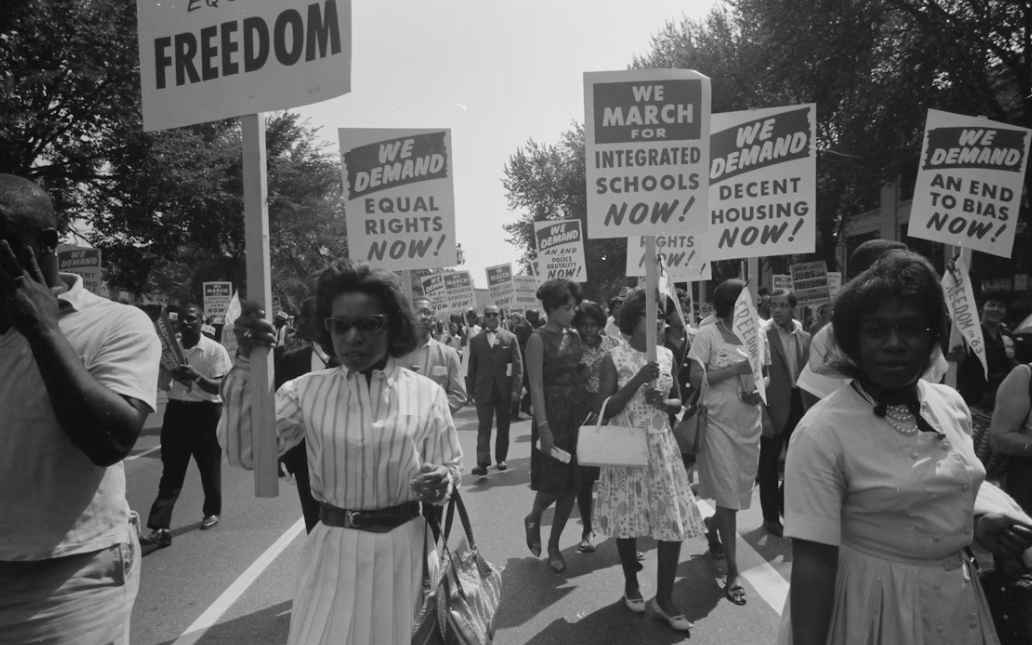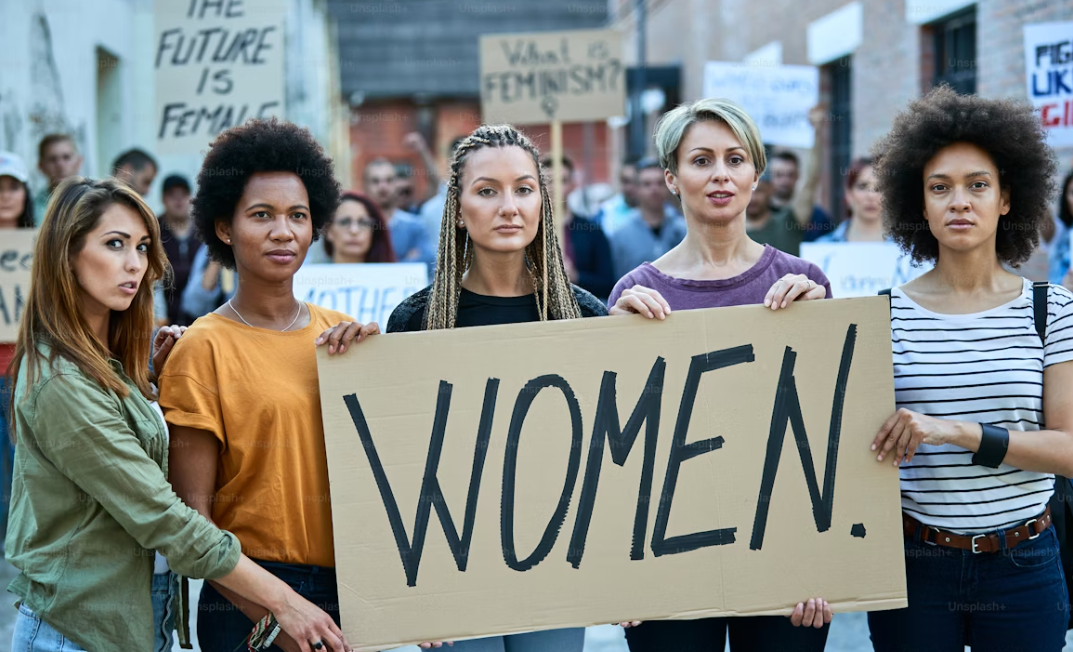By Evridiki Fatolia,
As the world celebrated the 30th anniversary of the Beijing Declaration in 2025, the status of women’s rights became a mix of acknowledging achievements and recognizing a growing backlash. Around the globe, legal health and representation advancements coexisted with significant setbacks in reproductive rights, legal safeguards, and civil liberties. While numerous countries reinforced their dedication to gender equality, others implemented restrictive policies that jeopardized years of progress.
In March, the European Commission revealed an extensive Gender Equality Roadmap aimed at
addressing gender-based violence, narrowing the pay gap, and enhancing women’s presence in
leadership roles. This roadmap is part of the EU’s wider commitment to gender equality as
fundamental to democracy.
At the same time, the World Economic Forum (WEF) initiated a Global Alliance for Women’s
Health, claiming that bridging the gender health divide could contribute \$400 billion to the global GDP by 2040. This initiative also emphasizes the need for equitable healthcare access, presenting women’s health as a crucial human rights concern.

In England and Wales legislators voted to decriminalize abortion, ensuring that women would no longer face criminal charges for terminating pregnancies, including those that are self-managed. This marks a significant advancement in reproductive freedom. In India, grassroots activist Varsha Deshpande was honored with the UN Population Award for her efforts in empowering Dalit women, advocating for vocational training opportunities, and pushing for anti-child marriage laws. Countries such as Colombia, Cuba, Sierra Leone, and Zambia gained attention by criminalizing child marriage for individuals under 18, aligning with a growing global effort to safeguard the rights of girls.
Nevertheless, not all legislative changes favored women’s rights. In the United States, President
Trump’s administration enacted Executive Order 14182, reinstating the Hyde Amendment, which limits federal funding for abortion services. Another executive order, withdrew federal
acknowledgment of transgender identities, draw g criticism from LGBTQ+ and human rights
advocates.
In Texas, the contentious House Bill 229, known as the “Women’s Bill of Rights,” legally defined
sex based on reproductive ability, a development viewed as discriminatory towards transgender and non-binary individuals. In the Dominican Republic, proposed reforms to the penal code incited widespread protests. Detractors argued that upholding a complete abortion ban and neglecting to criminalize marital rape exposed profound gender inequalities.
The most severe reversals are evident in Afghanistan, where the Taliban continued to prohibit
women from most educational and employment opportunities. In response, the International
Criminal Court issued arrest warrants for top Taliban officials for crimes against women.
Similar threats remain prevalent across South Asia, where gender-based violence is pervasive. A case in Pakistan involving a teenage girl murdered by her father for refusing to erase a TikTok video horrified the country and revived demands for stronger protections against “honor” crimes. In various regions of the Middle East and Africa, numerous governments have taken steps to lower the legal marriage age for girls. Iraq passed a law permitting marriage as early as nine under specific sectarian interpretations. These actions sharply contrast with the globa consensus on child protection.
Despite the obstacles, 2025 witnessed an increase in female political representation in countries
such as Bangladesh, Ethiopia, Saudi Arabia, and Mexico. These advancements reflect the ongoing efforts of activists and international organizations to amplify women’s voices in governance. Activist networks, supported by digital platforms, have remained essential. From initiatives against domestic violence in North Africa to movements advocating for reproductive rights in Latin America, local organizing continues to serve as the foundation for global gender justice. The status of women’s rights in 2025 is characterized by a blend of both advancement and opposition. Legal reforms, improved healthcare access, and increased political representation all symbolize a promise for the future.
References
- Project 2025. NWL. Available here
- Commission unveils its Roadmap to strengthen women’s rights. The EU Commission. Available here
- The EU Roadmap for Women’s Rights: a renewed push for gender equality. The EU Commission. Available here




